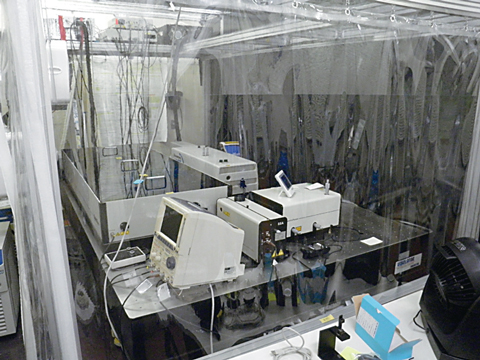
Fig.4-11 System using an ultrashort pulsed laser

Fig.4-12 The color and luminescence of the U(IV) compound
![Fig.4-13 Time-resolved luminescence spectra of UI4 in [emim][SCN]](img/honbun/e2016_4-13.jpg)
Fig.4-13 Time-resolved luminescence spectra of UI4 in [emim][SCN]
The environmental behavior of uranium (U), which is the major component of spent nuclear fuel, and techniques to analyze are key issues for future studies of the direct disposal of such fuel. U exhibits various valences. Among them, U(VI) is chemically favorable as the most stable state, which is abundant in the ambient condition. In the liquid state, the U(VI) ions bind oxygen, resulting in uranyl ions (UO22+). Since these ions are intensely luminescent under the irradiation of UV light, this luminescence has been investigated in many analytical studies to understand the chemical state of U compounds. In contrast, U exists as uranous ions (U4+) in reductive conditions such as in groundwater, where analytical observation of U4+ is of greater importance. The conventional absorption spectroscopy records spectra in which photon energy ranges widely from the ultraviolet to the near infrared. Conversely, the luminescence intensity is so weak and the luminescence lifetime so short that the measurement of U4+ might be difficult. Therefore, the spectral information available for U4+ is less than that for UO22+ and it is often challenging to determine the chemical states of U(IV) and U(VI) in a mixture solution by simultaneous observation.
Hence, we develop a laser system for the in situ detection of U4+ using state-of-the-art laser technology with an intense light source. The laser, having ultra-short pulses of approximately 100 fs, was introduced to provide excitation pulses for samples having short-lived species. Moreover, a fast and highly sensitive CCD camera as was utilized as a detector to facilitate time-resolved laser-induced fluorescence spectroscopy (Fig.4-11). We aim to extend the spectral database of uranium in solutions.
To demonstrate the luminescence of U(IV) compounds, UI4 was dissolved in 1-butyl-3-methylimidazolium thiocyanate ([emim][SCN]), which is suitable for spectroscopy owing to its transparency (Fig.4-12). Consequently, we have succeeded in obtaining the luminescence data for U4+ and in distinguishing U(IV) from U(VI) in their mixture solution by changing the delay time after the irradiation of the excitation pulses; the lifetime of U4+ is 18.6 ns and that of UO22+ is 35.7 μs (Fig.4-13).
This work was partly supported by the Japan Society for the Promotion of Science (JSPS) KAKENHI Grant-in-Aid for Scientific Research (C) (No.24561046) and performed under the Cooperative Research Program of “Network Joint Research Center for Materials and Devices” (No.2014139).